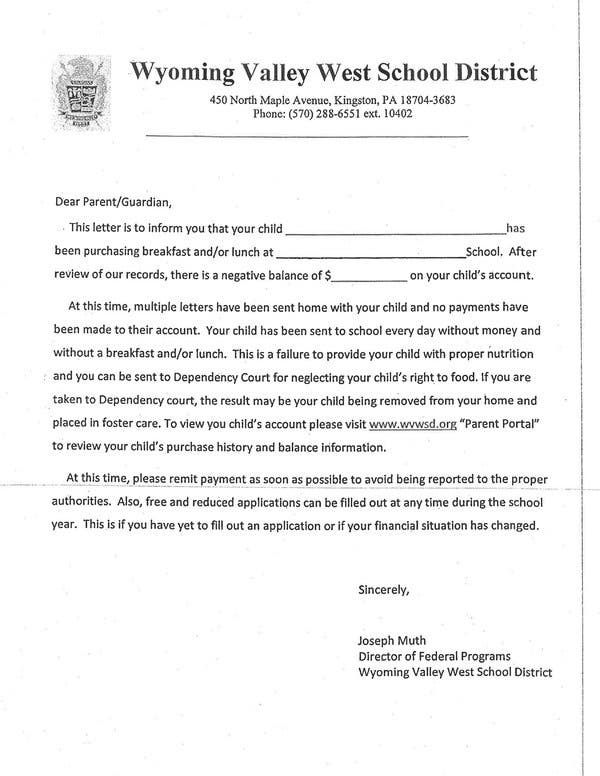Engaging disenfranchised US populations into HIV care helps suppress the virus
DURHAM, N.C. – Engaging disenfranchised men who have sex with men (MSM) living with HIV in the U.S. is possible, but the best way to help them achieve and maintain viral suppression is not yet known, according to findings from HPTN 078 being reported today at the 10th IAS Conference on HIV Science (IAS 2019)…









